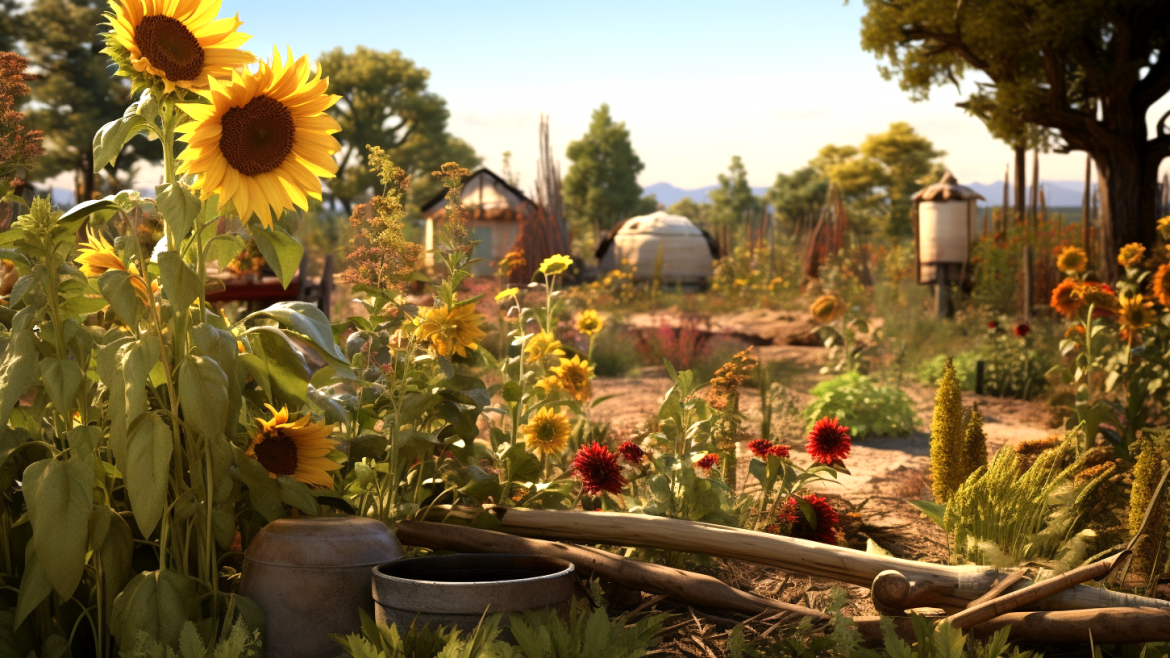A key factor that contributed to the success of Native American gardening practices was their deep understanding of regional adaptation. By carefully observing and learning from the local environment, Indigenous peoples across the Americas were able to cultivate a diverse range of crops suited to their specific climate, soil, and ecological conditions. This mastery of regional adaptation allowed Native American gardeners to maximize the productivity and resilience of their agricultural systems, providing valuable lessons for modern gardeners in the pursuit of sustainable practices.
Native American gardeners were well-versed in the art of selecting and cultivating plant varieties that were best suited to their local conditions. By understanding the unique characteristics of their environment, they could choose crops that would thrive in their specific climate, soil, and ecological context. This knowledge was passed down through generations, resulting in a rich repository of traditional ecological wisdom.
One way that Native Americans practiced regional adaptation was by focusing on local, native plants that had evolved in their environment. By cultivating these plants, they were able to tap into the inherent resilience and adaptability of species that were well-suited to local conditions. This approach not only increased the success of their gardens but also helped preserve native plant species and the genetic diversity they represent.
Another important aspect of regional adaptation in Native American gardening was the development of distinct agricultural techniques tailored to specific environments. For example, in arid regions of the Southwest, Indigenous peoples developed sophisticated irrigation systems and water conservation practices to support their crops in challenging conditions. In the Pacific Northwest, Native Americans built raised garden beds to improve drainage and soil fertility in the rainy, temperate climate. By adapting their techniques to local conditions, they were able to overcome environmental challenges and create productive, sustainable gardens.
Here is a list of specific examples of plants from Native American cultures that could be grown in modern gardens:
- Sunflowers (Helianthus annuus)
- Jerusalem artichokes (Helianthus tuberosus)
- Amaranth (Amaranthus spp.)
- Wild rice (Zizania aquatica)
- Groundnuts (Apios americana)
- Corn (Zea mays)
- Beans (Phaseolus spp.)
- Squash (Cucurbita spp.)
- Gooseberries (Ribes spp.)
- Ramps (Allium tricoccum)
To enhance your understanding of Native American gardening practices and learn how to incorporate them into your own garden, consider exploring the following relevant products on Amazon:
- Rainwater Harvesting Barrel: A rainwater harvesting barrel can help you conserve water and practice sustainable irrigation techniques, much like Native American gardeners in arid regions.
- Raised Garden Bed Kit: A raised garden bed kit can provide better drainage and soil fertility, similar to the techniques used by Native Americans in the Pacific Northwest.
- Heirloom Vegetable Seed Collection: An heirloom seed collection can help you cultivate traditional, regionally adapted plant varieties in your garden, preserving genetic diversity and supporting sustainable practices.
In conclusion, the Native American approach to regional adaptation provides valuable insights for modern gardeners seeking to create productive, sustainable, and resilient gardens. By understanding and working with local conditions, we can learn from the wisdom of Indigenous peoples and ensure the continued success and flourishing of our gardens for generations to come. Embracing the principles of regional adaptation not only pays homage to the rich gardening heritage of Native American cultures, but also contributes to the preservation of native plant species and the development of ecologically sound gardening practices. As we strive to create gardens that are both beautiful and sustainable, the lessons from Native American gardening traditions remain as relevant and inspiring as ever.




